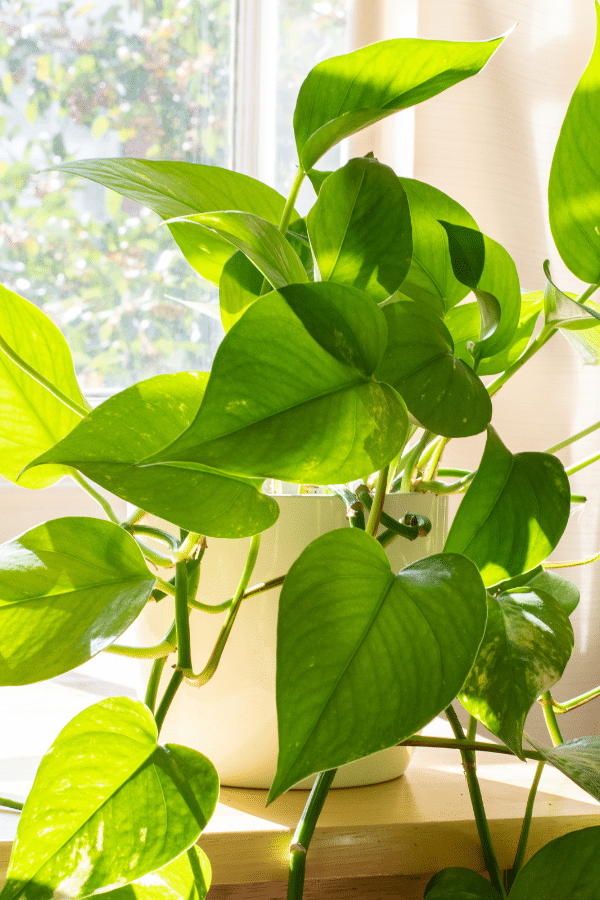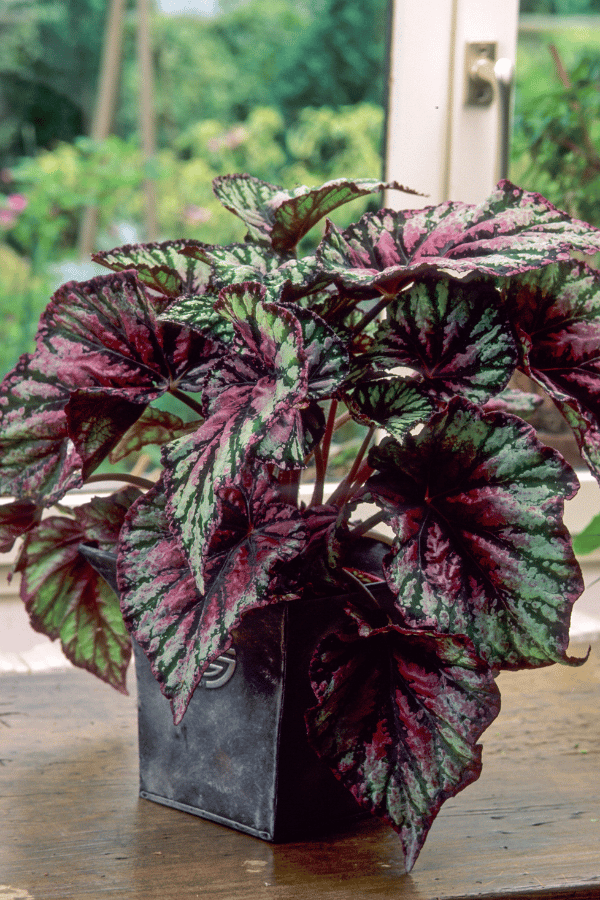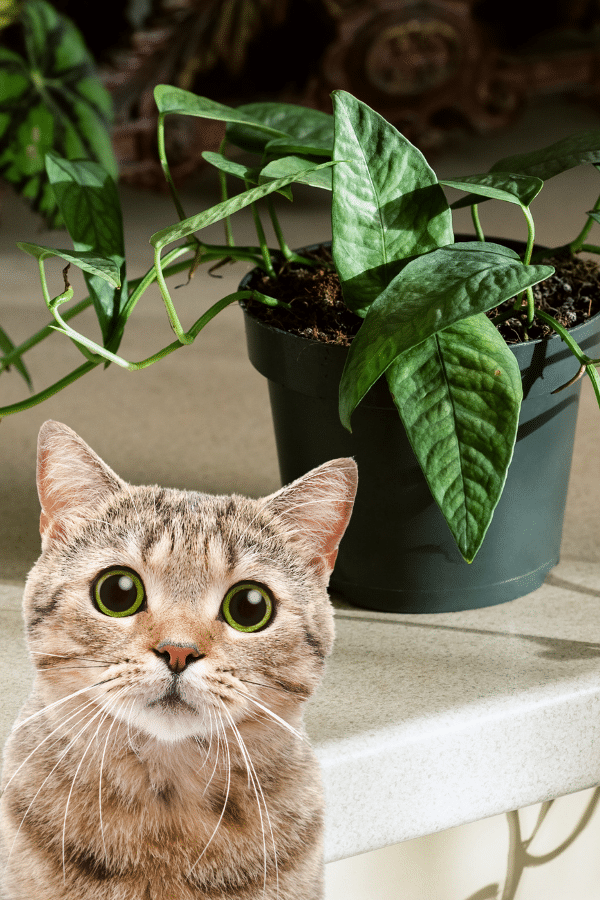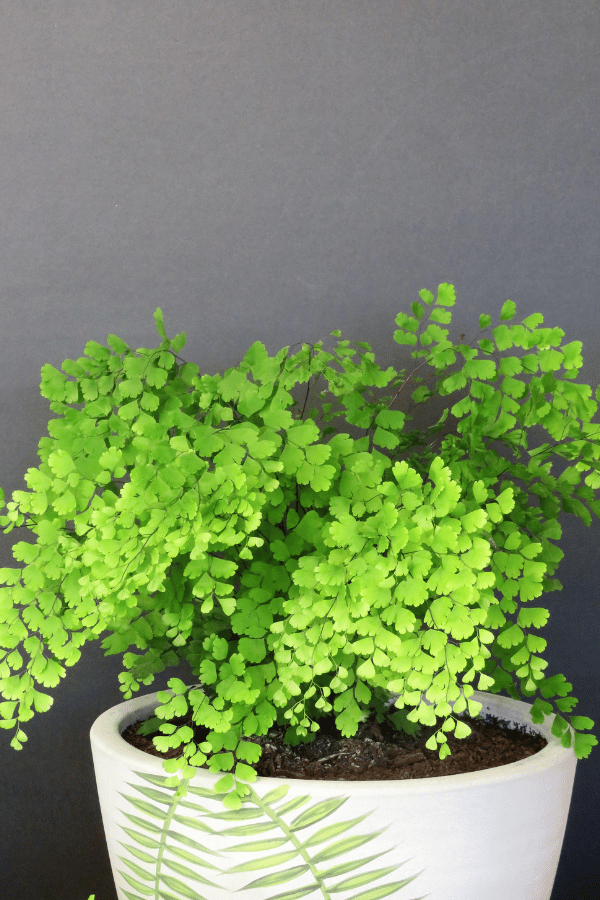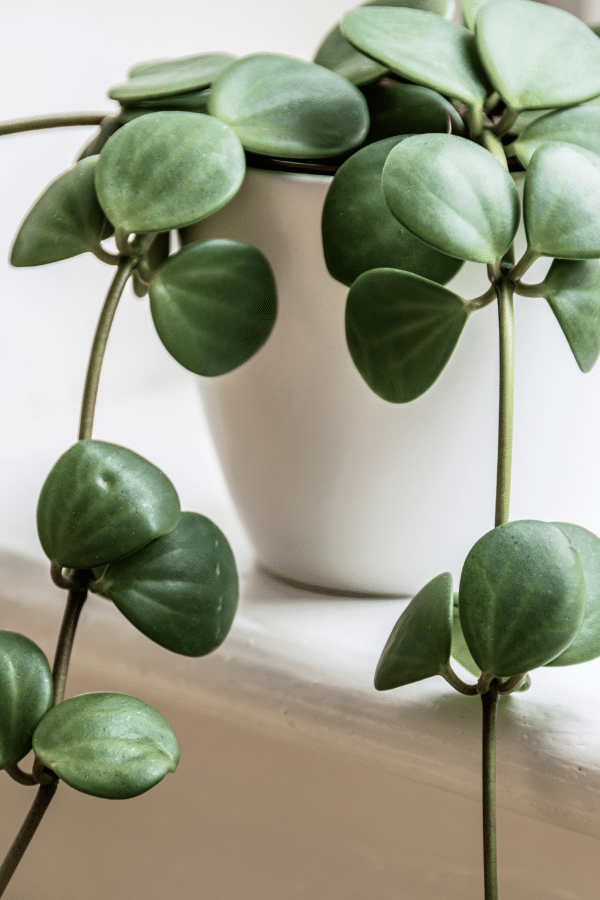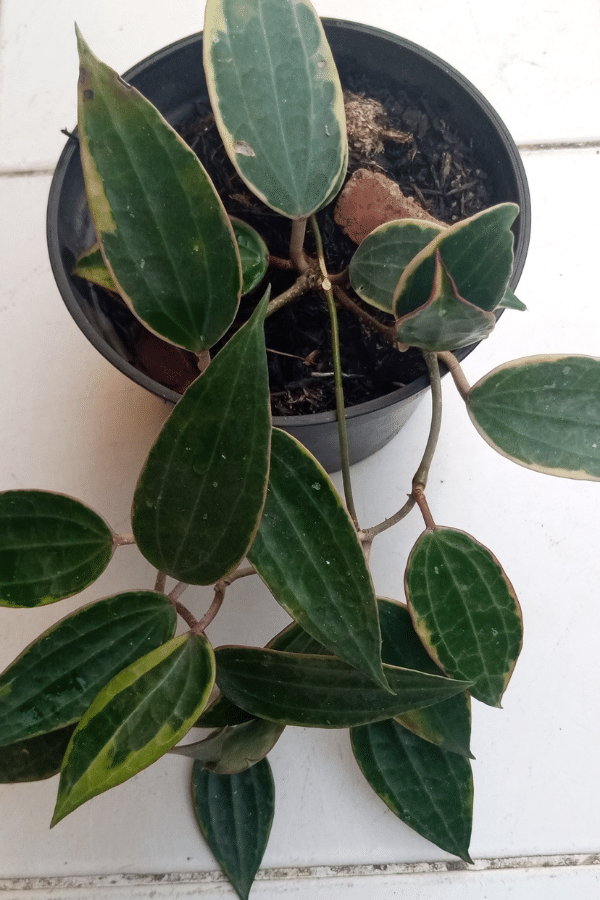Rattlesnake Plant
Scientific Name: Calathea Lancifolia, Goeppertia Insignis
Common Name: Rattlesnake Plant, Calathea Rattlesnake
Rattlesnake Plant care is an easy Calathea to grow and care for. If you want a houseplant of moderate size and one with unique leaves, a Calathea Lancifolia plant may be for you.
To give this Calathea plant the best care, it requires well-aerated soil with good drainage, keep the soil moist during the active growing months, provide it with bright sunlight, and temperatures ranging from 65-75F.
Quick Care Overview
| Common Name | Rattlesnake Plant, Calathea Rattlesnake |
| Scientific Name | Calathea Lancifolia, Goeppertia Insignis |
| Family | Marantaceae |
| Origin | Brazil |
| Growth Rate | Medium |
| Identification | Slender leaves with waves on the edges, maroon undersides |
| Height | Up to 30 inches tall |
| Soil | Well aerated, good draining soil |
| Water | Keep moist in summer and allow to dry out in winter |
| Temperature | 65-75F |
| Sunlight | Bright indirect sunlight |
| Toxic to Cats & Dogs | No |
| Toxic to Humans | No |
| Pests | Spider mites, mealybugs, aphids |
| Diseases | Root rot |
Below we will dive deep into this Rattlesnake Plant care guide.
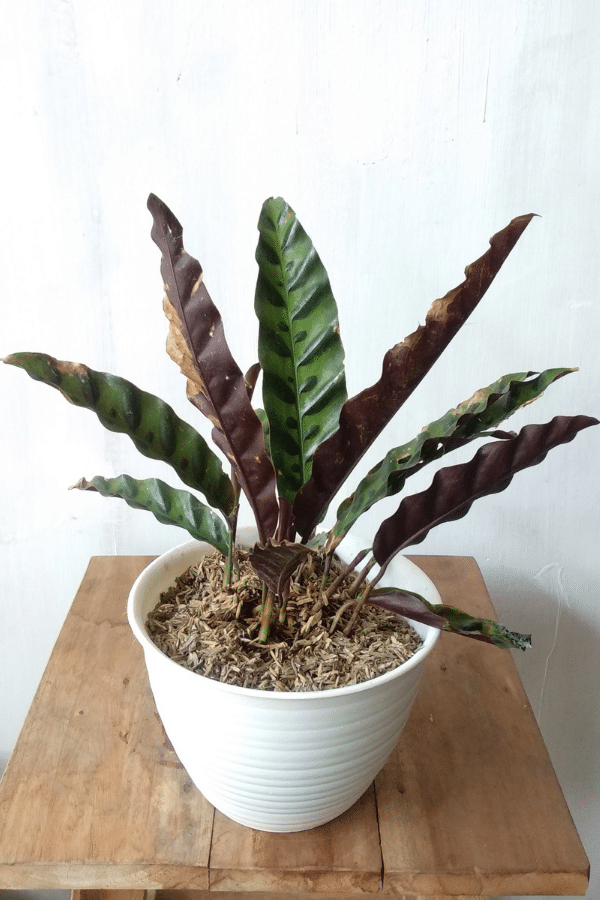
Rattlesnake Plant History
Calathea Lancifolia, known now as Goeppertia Insignis, and commonly known as the Rattlesnake Plant or Rattlesnake Calathea, is a beautiful Brazilian native with foliage that contains patterns of varying shades of green with purple undersides. The rattlesnake-like markings on its slender leaves give this plant its common name. This evergreen tropical perennial is related to prayer plants and adds an exotic touch to any home.
Rattlesnake Plant Identification
This tropical plant presents with a spiky, slender appearance and has long, slender lance-shaped green leaves with prominent markings. This Calathea has gorgeous burgundy undersides.
Rattlesnake Plant Growth Facts
Under bright lighting conditions and given enough water, the Rattlesnake Plant will grow at a medium growth rate.
How Big Does a Rattlesnake Plant Get?
Calathea Lancifolia will grow up to be 30 inches tall.
Rattlesnake Plant Care
Rattlesnake Plant care is easy. Just ensure that you keep its soil adequately moist and keep it protected from intense direct heat.
Rattlesnake Plant Soil
This Calathea will thrive in well-aerated, rich soil that has excellent drainage. An ideal growing medium for this plant is a mixture of peat moss to perlite in a 2:1 ratio. Alternatively, you may amend a quality commercial potting mix with perlite.
Rattlesnake Plant Fertilizer
This Calathea will benefit from a monthly feeding from a balanced liquid fertilizer to encourage lush foliage during the spring and summer. However, this plant is particularly susceptible to root burn from excess mineral salts. Therefore, it is advisable to flush your plant’s soil every few months using filtered or distilled water.
Rattlesnake Plant Watering
You should keep your Calathea consistently moist during the warm growing season. You should allow the top layer of soil to become almost dry and then water thoroughly. You will likely need to water your Calathea weekly during spring and summer, depending on growing conditions. Watering frequency should be reduced in winter – water when the top layer of soil has become dry to the touch. This plant is particularly sensitive to overwatering or underwatering.
Rattlesnake Plant Light Requirements
You Calathea will do best if grown in a bright room near an east or west-facing window. Calathea Lancifolia will survive in dimly lit rooms. Still, its foliage patterns will fade with a lack of light, and your plant’s growth will start to halt with inadequate light. Additionally, you should not subject it to intense, bright sun as this may lead to foliage scorching.
Rattlesnake Plant Temperature & Humidity
This plant will grow best in warm, humid environments and should be kept between 65 to 75 degrees Fahrenheit. To keep your Calathea healthy, it is vital that you keep it from cold drafts, heaters, and any sudden fluctuations in temperature. You should never expose your Calathea to temperatures below 60 degrees Fahrenheit, as this may cause permanent damage. Your Calathea will enjoy being kept in above-average humidity. To keep your plant happy, you will likely need to raise the humidity level in your home by installing a humidifier or by using a pebble tray.
Repotting Rattlesnake Plant
You should repot Calathea Lancifolia annually in spring. First, remove your plant from its container, ensuring not to damage the roots. Select a new container that is 1-2 inches larger than the previous container with drainage holes, plant, refresh the soil, and water thoroughly.
Rattlesnake Plant Maintenance & Pruning
The Rattlesnake Plant doesn’t require much pruning and only requires periodic pruning to remove discolored, dead, or diseased leaves. Stems should be cut at the base.
Rattlesnake Plant Propagation
Propagation of Calathea Lancifolia is easy and may be done during repotting. When repotting, divide the roots into separate portions and repot each section into its own container. Water your newly planted sections well and place them into indirect light. Ensure that you keep the soil moist until the plant becomes reestablished.
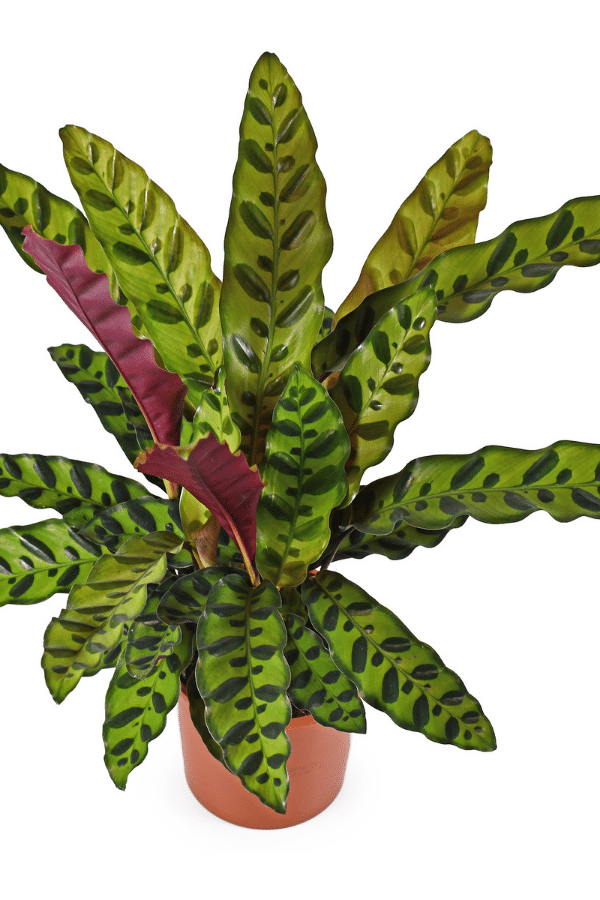
Rattlesnake Plant Toxicity
The Rattlesnake Plant is considered pet-friendly and human-friendly, however, never ingest any houseplants.
Toxicity to Humans
Calathea Lancifolia is not considered toxic to humans but should not be consumed.
Toxicity to Cats & Dogs
Rattlesnake Plant is not considered to be toxic to pets and is listed by the ASPCA as a non-toxic pet-safe houseplant.
Rattlesnake Plant Problems
Rattlesnake Plant Leaves Turning Yellow
Your Calathea may turn yellow due to various reasons such as excess moisture, overexposure to the sun, over-fertilization, or underwatered soil. However, it is essential to note that it is normal for older leaves to turn yellow and to have a couple of yellow leaves present. These may be pruned periodically as needed.
Rattlesnake Plant Leaves Turning Brown
When the foliage of your Calathea turns brown, it is typically due to a lack of humidity. Alternatively, your Calathea may brown due to mineral salt buildup due to overfeeding or chemicals in the tap water. Your plant may require a good soil flushing. This plant is sensitive to chemicals in water and prefers to be watered with either distilled, purified water, or rainwater.
Rattlesnake Plant Diseases
The Rattlesnake Plant may develop fungal diseases caused by too much soil moisture or poorly draining soil. Therefore, take care that you do not overwater. If you see signs of plant disease, you should repot your plant with fresh, sterile soil and trim away any mushy brown roots before replanting.
Rattlesnake Plant Pests
Calathea Lancifolia may become susceptible to infestation from spider mites, mealybugs, and aphids. Treat your plant with a pesticide such as neem oil or insecticidal soap if you spot an infestation.

